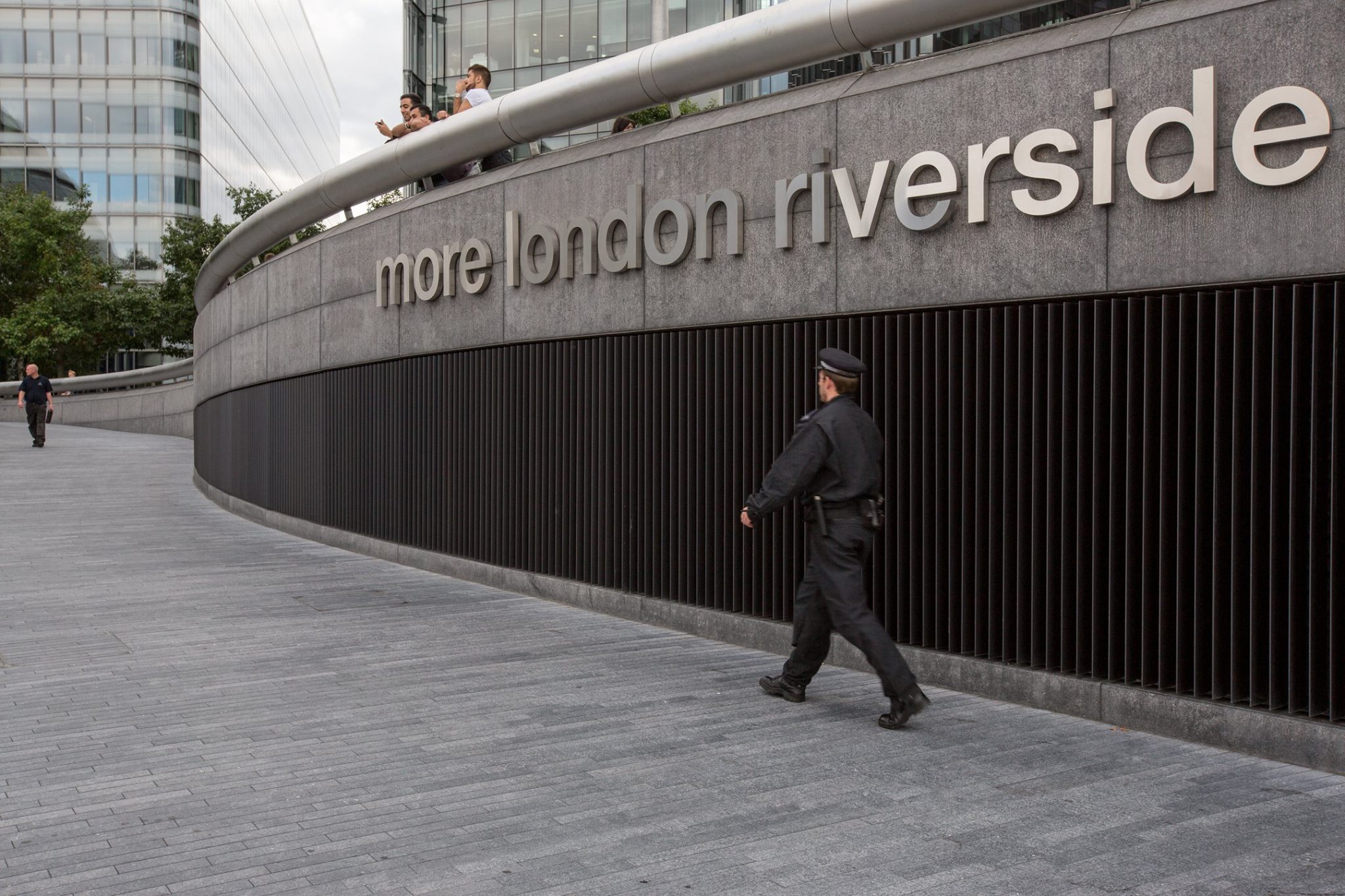Public space intervention
Written by Bradley L. Garrett
(Author of ‘Explore Everything: Place-hacking the City’)
[edit] Public space intervention - Space Probe Alpha
We are losing our cities. The land grab taking place around us is a subtle, soft play, where the dirty work takes place behind a veneer of affable brand management, swanky ‘starchitecture’ and a general sensation that our dear old town, whether it be Bristol, Boston or Bangkok, is stepping up as a ‘global city’. We are expected to be proud.
In London, the first time we went through such dramatic landscape convulsions, in the 19th century, we were left with public infrastructure – sewers, electricity tunnels, transport – that served the populace for 150 years. The next architectural spasm was when we re-housed the population bombed out during the war.
Today, we find ourselves once again hemmed in by construction machinery on all sides, but the new city being built, contra to those times past, is not for us. There are 263 higher-than-20-storey buildings currently planned for London and nobody seems to know who will be able to afford to live in them. Council blocks are being ripped down across the capital and in a number of boroughs rents have doubled since 2008, causing a mass exodus of long-term communities to the furthest branches of the public transport network and beyond. Where communities are ripped asunder, private issues become public issues. But where to air them?
One of the subsidiary effects of the rampant redevelopment of the city is that when the construction dust settles, often we find that open-air public spaces once maintained by civil bodies have been quietly passed into the hands of corporations as part of austerity-driven buyouts. In these ‘new’ spaces, our public rights are severely curtailed by corporate land management policies, policed by aggressive security guards in florescent vests, and monitored by the swiveling eyes of dome cameras tracking our every transgression. Photography is banned. Loitering is banned. Protest is banned. The public realm becomes space fit only for consumption; all other activities are rendered subversive, deviant, out-of-control.
Where the councils still hold the deed, they are often bullied by developers into ramming through draconian legislation such as Public Space Protection Orders meant to ‘tidy-up the city’ in anticipation of regeneration. These orders criminalise busking, street drinking, rough sleeping, dog-walking and, of course, gathering. People gathering in public space are a threat to corporate power – they might talk to each other, ask questions, demand explanations.
Our cities will likely have a financial future as places for tourism and exchange, places where the rich will park their money in speculative real estate and artists will make a fortune churning out even more speculative crappy public art. What is in question here is whether our cities have a cultural future as citizens are increasingly pushed to the margins. Perhaps the only viable option left to such a disempowered populace is direct action. In 1932 over 400 people trespassed onto a moorland plateau called Kinder Scout to contest the closure of public access by landed gentry. Corporate closures today, swathed they might be in seductive sales-speak, are no less violent in their closure of public space and must be fought with similar verve.
It is time for our urban rambler moment; it is time to reclaim our cities.
[edit] Related articles on Designing Buildings
Featured articles and news
Latest Build UK Building Safety Regime explainer published
Key elements in one short, now updated document.
UKGBC launch the UK Climate Resilience Roadmap
First guidance of its kind on direct climate impacts for the built environment and how it can adapt.
CLC Health, Safety and Wellbeing Strategy 2025
Launched by the Minister for Industry to look at fatalities on site, improving mental health and other issues.
One of the most impressive Victorian architects. Book review.
Common Assessment Standard now with building safety
New CAS update now includes mandatory building safety questions.
RTPI leader to become new CIOB Chief Executive Officer
Dr Victoria Hills MRTPI, FICE to take over after Caroline Gumble’s departure.
Social and affordable housing, a long term plan for delivery
The “Delivering a Decade of Renewal for Social and Affordable Housing” strategy sets out future path.
A change to adoptive architecture
Effects of global weather warming on architectural detailing, material choice and human interaction.
The proposed publicly owned and backed subsidiary of Homes England, to facilitate new homes.
How big is the problem and what can we do to mitigate the effects?
Overheating guidance and tools for building designers
A number of cool guides to help with the heat.
The UK's Modern Industrial Strategy: A 10 year plan
Previous consultation criticism, current key elements and general support with some persisting reservations.
Building Safety Regulator reforms
New roles, new staff and a new fast track service pave the way for a single construction regulator.
Architectural Technologist CPDs and Communications
CIAT CPD… and how you can do it!
Cooling centres and cool spaces
Managing extreme heat in cities by directing the public to places for heat stress relief and water sources.
Winter gardens: A brief history and warm variations
Extending the season with glass in different forms and terms.
Restoring Great Yarmouth's Winter Gardens
Transforming one of the least sustainable constructions imaginable.























